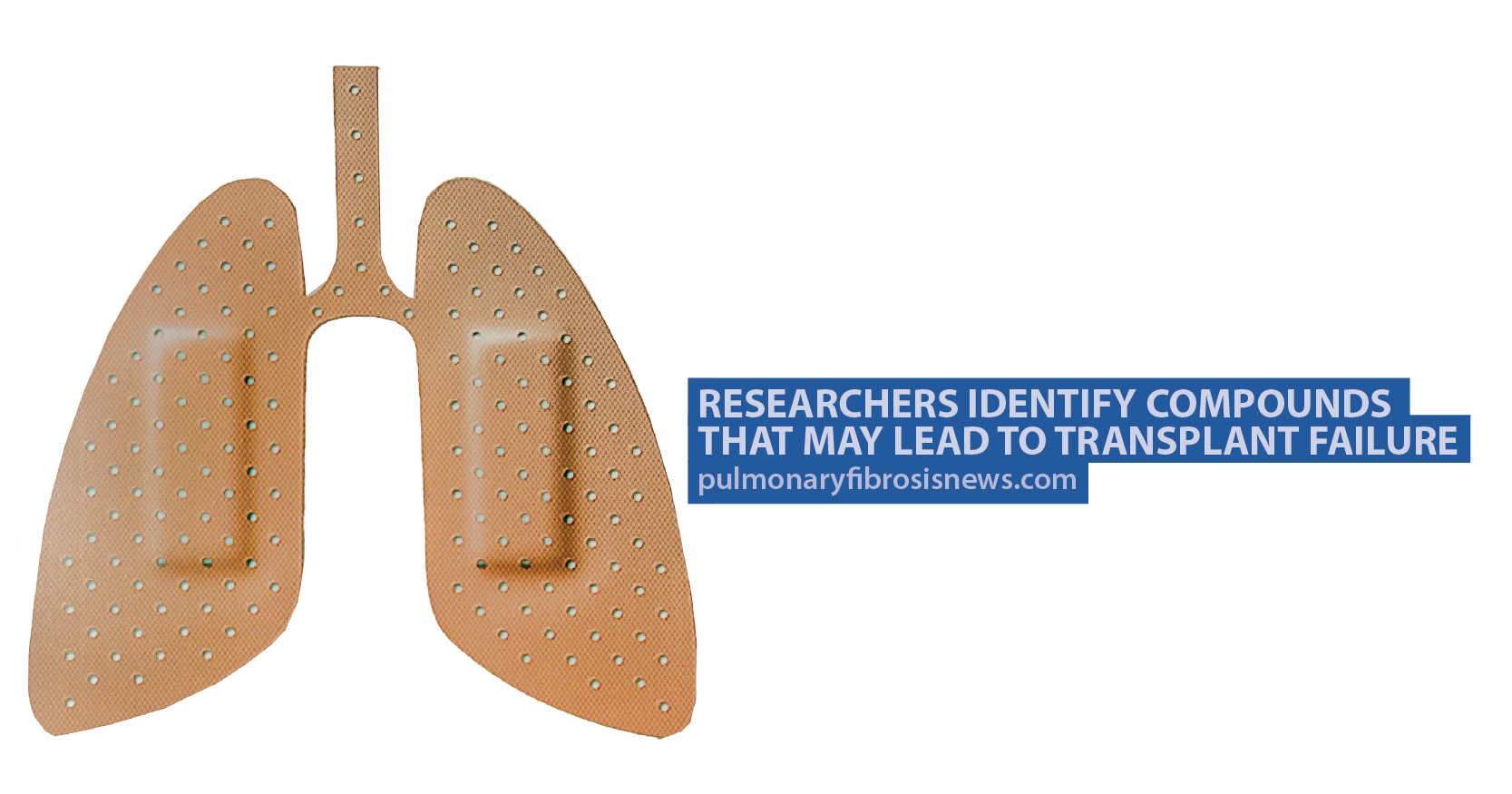Researchers Identify Compounds That May Lead to Transplant Failure

This simple animated video from Alt Shift X explains the process of lung transplantation and some of the complications and risks associated with the procedure.
Discover seven important facts about pulmonary fibrosis here.
One of the main risks with lung transplants is organ rejection, whereby the body’s immune system recognizes the new lungs as foreign objects and starts to attack them. Patients who have had lung transplants have to take immunosuppressant drugs to try and prevent this from happening.
The new lungs are at risk of fibrosis (or scarring) and most patients’ new lungs will only last between two and five years. The molecular changes in the body prompts the stem cells to produce collagen which then blocks the small airways in the lungs. However, researchers are currently trying to find a way to stop this fibrosis from happening in the first place.
In a recent study, researchers have identified two compounds which trigger this chain reaction and using mouse models, have tested drugs which helped to block the stem cells from producing collagen which resulted in less scarring and less risk of organ failure. Find out more about this study here.
Find out about more ongoing researcher projects for pulmonary fibrosis here.
Pulmonary Fibrosis News is strictly a news and information website about the disease. It does not provide medical advice, diagnosis or treatment. This content is not intended to be a substitute for professional medical advice, diagnosis, or treatment. Always seek the advice of your physician or another qualified health provider with any questions you may have regarding a medical condition. Never disregard professional medical advice or delay in seeking it because of something you have read on this website.







